If you relish spicy foods, you should try growing one of the hottest peppers available; the habanero pepper. Habaneros are great starter plants for new gardeners that love the heat. These hot peppers have up to 100,000 to 445,000 ratings on the Scoville scale. Although the habanero plants are not the easiest to grow, we’ll walk you through how to grow habanero peppers in this article; let’s look.
Contents
Are Habanero Peppers Hard to Grow?
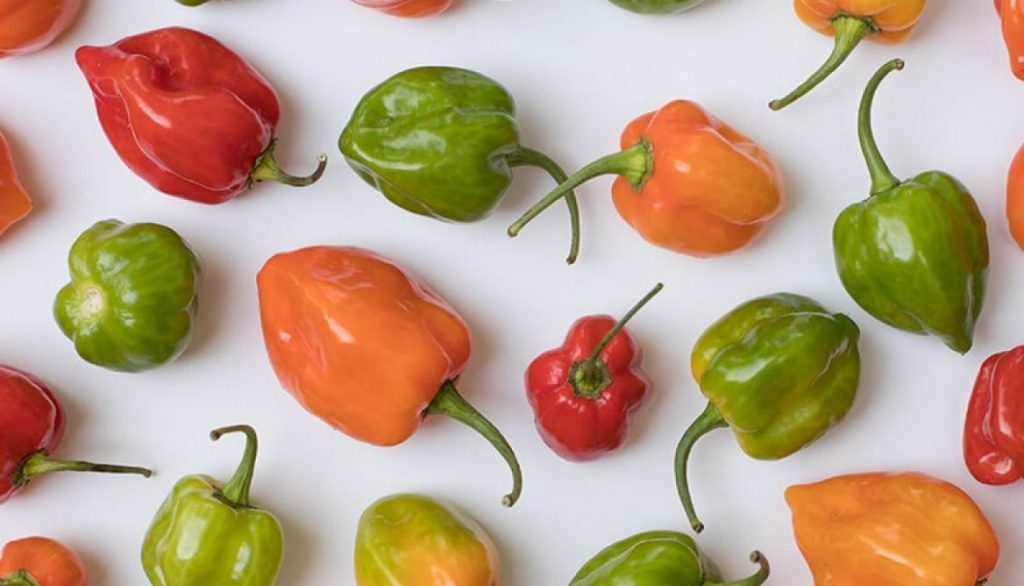
Growing a habanero plant can be difficult. However, this pepper variety is easy to grow once they’re established. So, you can skip the most challenging part of growing habanero seeds by getting a mature habanero plant for your local nursery.
Finding a good spot with ample lighting for your habanero pepper plants is essential. Once you find such a spot that your new habanero peppers can call home, they’re easy to maintain. You’ll only have to water your pepper plants once or twice weekly. However, you don’t want to overwater them, or it could lead to blossom end rot.
However, if you want to grow habanero pepper seeds, you should know it will be a long ride. But luckily for you, we have all the steps ready.
Habanero Pepper Information
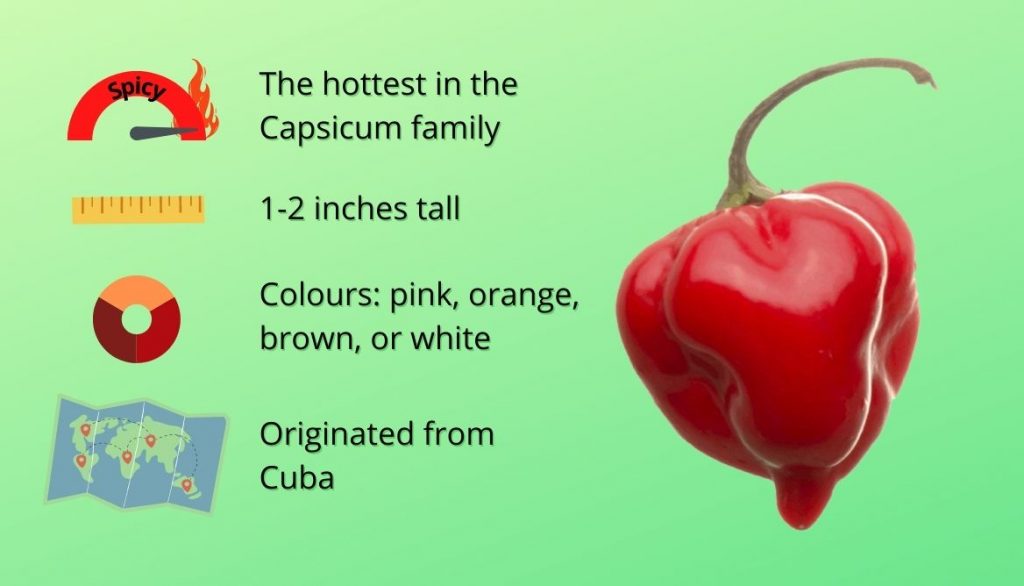
If you’re looking for hot peppers for your hot sauce, look no further than the Habanero chile pepper. It is the hottest in the Capsicum family, and the unripe fruit looks green. However, the mature peppers are usually pink, orange, brown, or white. This hottest chili pepper is about 1-2 inches tall.
People believe that fresh habanero peppers originated from Cuba. They are indispensable when it comes to Yucatan peninsular cuisine. Due to this, over 1000 tons of these fresh peppers are harvested there. However, there are regions where these spicy peppers are still grown, including Texas, Costa Rica, Idaho, Belize, and California.
This is one of the hottest peppers because of its high Scoville unit rating. To compare, it is 100 times hotter than jalapeno peppers. Although there are different varieties of these pepper, the red Savina habanero pepper once entered the Guinness World Records for being the hottest pepper in the world. However, things have changed, and they no longer hold the title.
Habanero Pepper Varieties
When it comes to habanero peppers, there are a lot of options. They are available if you want orange peppers or other types of colors. In addition, different heat levels, pod sizes, and much more are available when choosing a habanero variety. Below, you’ll find ten varieties to give you an idea.
- Red savina
- Chocolate habanero
- Orange habanero
- Caribbean red
- Peach habanero
- Yucatan white habanero
- Mustard habanero
- Big sun habanero
- Black Congo
- Peruvian white habanero
How to Grow Habanero Peppers
When you’ve decided to grow the hotter pepper varieties and go with habanero peppers, it can be tricky knowing where to start. Below, we’ve broken down the steps to grow habanero pepper.
1. Get The Right Fertilizer
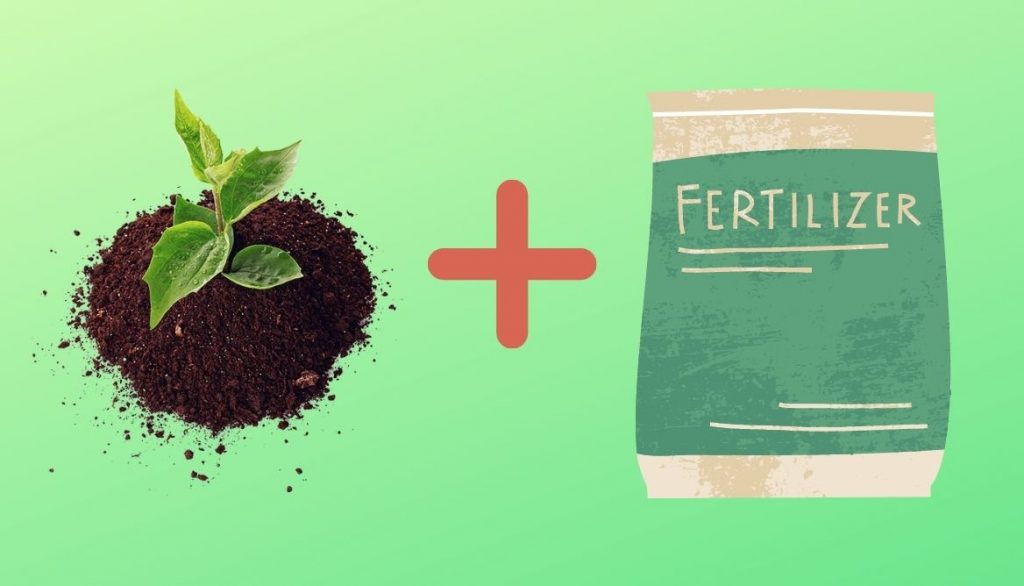
You have to first choose the right fertilizer for your peppers. There are many all-purpose fertilizers made for growing all vegetables. This type of fertilizer work to grow healthy peppers. You should go for a simple fertilizer regimen that contains nitrogen, like the 11-3-8 mix fertilizer.
High Nitrogen levels will help your hot pepper seeds develop into big, healthy plants. However, once the habanero pepper plant starts flowering, you should switch to a fertilizer with lower nitrogen levels. This allows the fruits to take priority.
2. Start Seeds Indoors
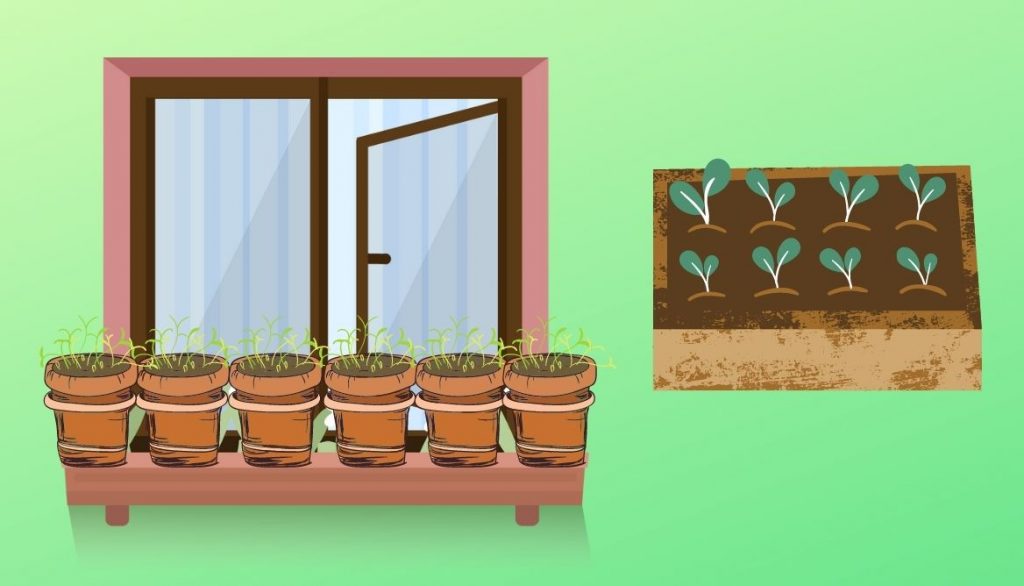
When you start your habanero seeds early, it allows them to have a longer growing season. Unfortunately, some people end up waiting till April or May to start their hot pepper seeds, which usually results in lower yields, immature plants, and unripe peppers when it’s time to harvest.
If you live in the Northern hemisphere and want to grow healthy peppers, March is the ideal month to start. Start the seeds eight weeks before you plan to move them outside; this ensures no risk of frost. If you reside in a much warmer climate, you can move the habaneros outside much quicker. The longer the growing season they enjoy, the better the peppers will be.
Planting your fresh peppers indoors is relatively easy. Once you have your potting mix, you can moisten the soil before planting. Ensure your seed-starter mix is thoroughly moist and mixed. They should stick together when mixed. Keeping them moist doesn’t mean adding excess water.
To water your pepper seedlings, you should try bottom water seed trays. This means filling a reservoir where you can submerge your seed tray. This way, your potting mix absorbs the water through holes to keep it moist.
Now, you can proceed to plant your habanero peppers. For indoor planting, you’ll have to practice container gardening. Plant 2 habanero seeds per container to increase your chances of a successful germination process. If both the habanero seeds sprout, you can pluck one away when it is 1 inch tall.
You also want to keep the soil warm while growing habaneros in seeds. Ensure the soil temperature is 80-90 degrees Fahrenheit during the day. However, it can be 70-75 degrees Fahrenheit at night. Since these peppers come from warm temperatures, you must maintain a warmer climate around the seeds.
Lighting is also crucial for your pepper plant growth. Most people use window lights or grow lights for their habanero pepper. Alternatively, you can use clip-on plant lights for peppers; they’re quite cheap.
3. Prune To Help Increase Yield
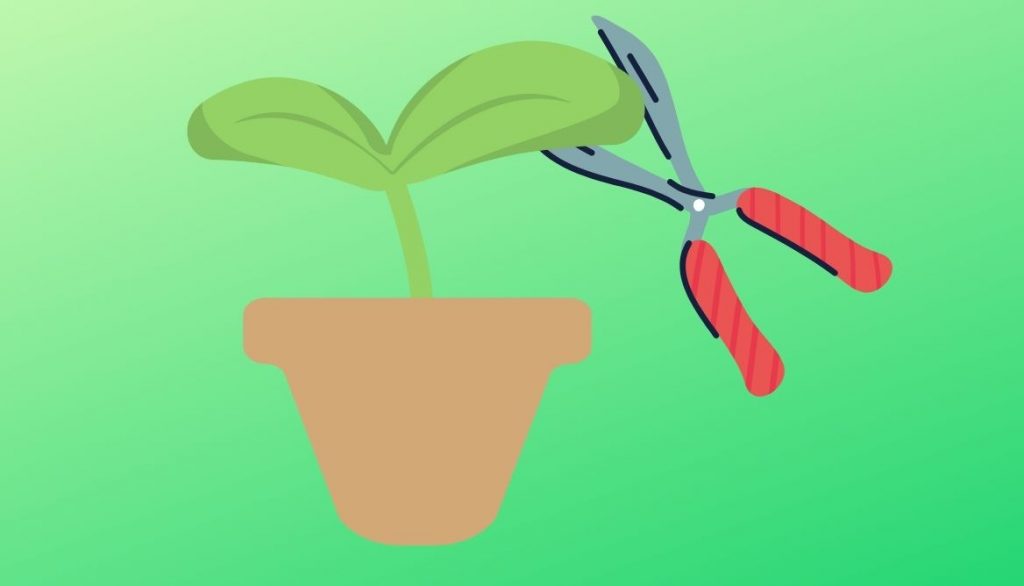
Pruning is the process of sniffing off portions of your habanero plant to change its shape and sturdiness. It is an option when your habanero pepper plants are young and about 6 inches tall. Although it isn’t necessary, it improves the pepper plant growth by creating stronger stems and a fuller shape.
To prune, snip the central shoot at the base of the node. This is also known as topping the plant, which involves taking off the top of your hot peppers. Your plant will recover and grow new shoots with proper habanero care within a few days.
4. Transplant Habaneros Outdoors
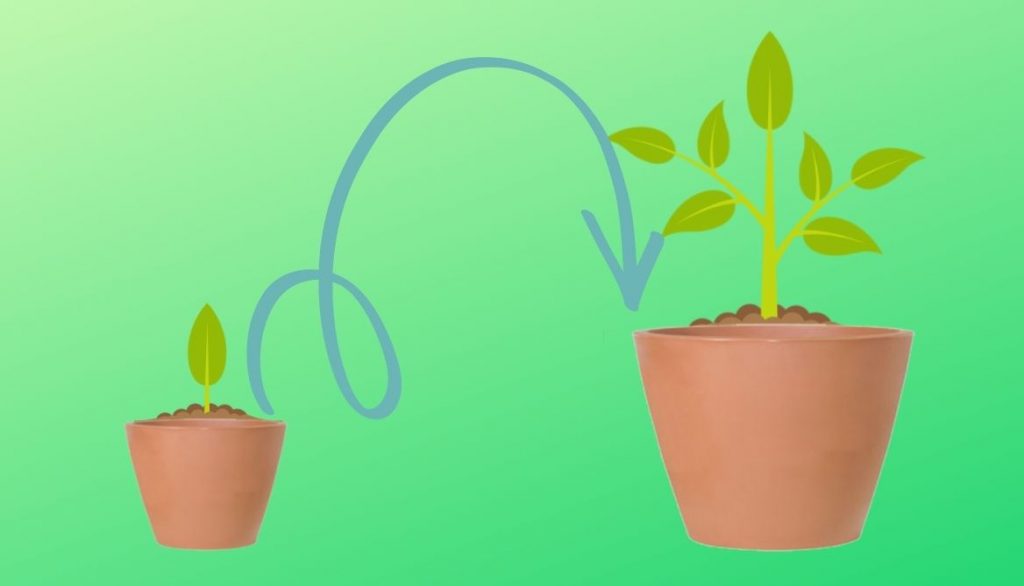
When growing habaneros in containers, transplanting is moving your habanero plants from a small container to a larger container. It takes place twice during the pepper plant growth, and you can do this once if you start your pepper seedling in larger containers.
When it’s transplant time, prepare the new pot with well-drained soil. Dig a deep planting hole that can fit your plant roots properly. Move the plant to the new pot carefully and cover the root system with fresh soil. Ensure you water the soil immediately to provide enough moisture. The best time to transplant your habanero peppers is when there’s no chance of frost. Additionally, harden your plant before transplant outdoors completely to prevent transplant shock.
5. Fertilize Water Regularly
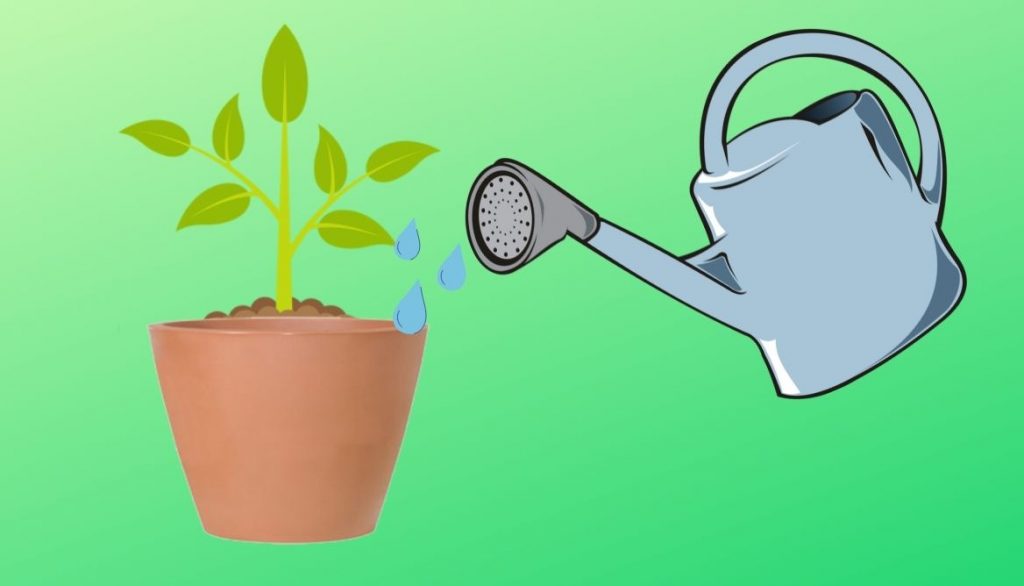
A common cause of problems with your pepper plants is watering. Underwatering or overwatering your plant can result in significant stress for your habaneros. However, if you want spicier peppers, it is advised that you water your plants less. Your habanero plant soil needs to be always moist.
One of the top watering tips is checking moisture is by dipping your finger into the soil to test moisture levels. Then, as you grow more, you’ll be able to detect a thirsty plant and one that doesn’t require watering.
Stressing your habanero plant helps to create hotter peppers and is a strategy used by professional growers. However, you shouldn’t over-stress your plants as this can cause damage to their growth levels.
Once your habaneros sprout, you can start fertilizing within a week. When the plants are younger, they don’t need much fertilizing. However, you can start fertilizing more once they’re up to 5 inches tall.
Too much nitrogen can harm your habanero plant and cause the flowers to fall off. The goal isn’t to grow pepper leaves but lots of pepper. Therefore, always check the fertilizer bottle to learn the amount of nitrogen in the fertilizer.
6. Harvesting
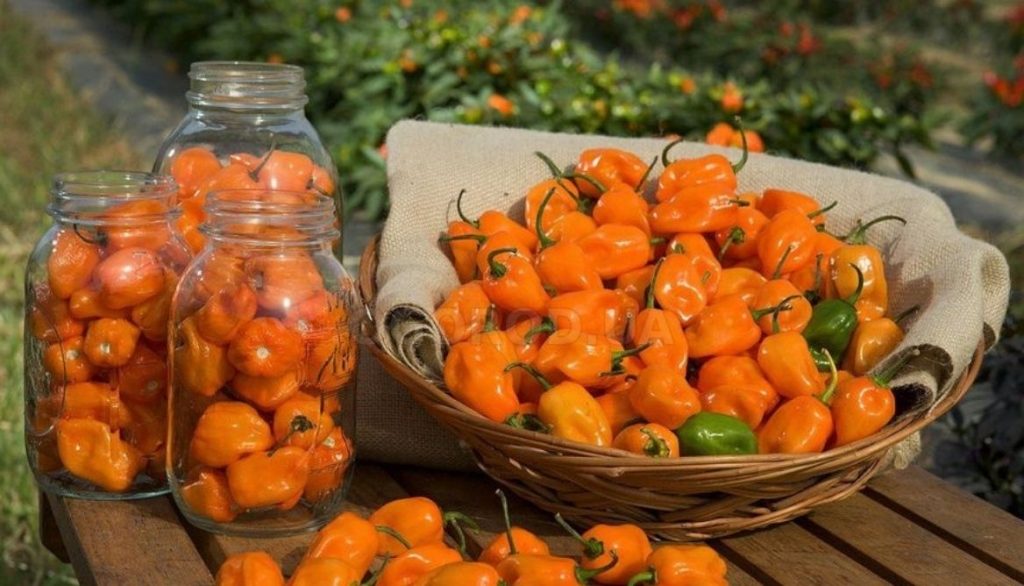
Harvesting habaneros is one of the easiest parts of the process. The bright orange color indicates that it’s harvest time and your habanero peppers are ripe. Your habanero goes from green pepper to orange most of the time. However, for other habanero varieties, you’ll look for a different color.
It usually takes habanero 90 days or more to grow after transplanting outside. Spicier peppers have a longer growing season. No wonder the habanero plant takes so long to grow.
Habanero Pepper Plant Care
First, you need a quality potting mix that supports moisture retention and good airflow to ensure that your pepper grows well. If you’re not growing garden peppers, avoid garden soil and only use a mix labeled for containers. You should also add supplements to the soil to feed the soil during the growing season.
Infrequent but deep watering is essential for habanero peppers. You will also need row covers to prevent sunscald due to too many hours of direct sunlight. It is also important to harden your plant by introducing it slowly to sunlight before transplanting. A few hours of sunlight is crucial weeks before transplanting outdoors permanently.
Your plant should get a quarter tablespoon of nitrogen per plant when the plant is six weeks old. After that, you can easily control insects on your plant with blasts of water or insecticidal soap. In addition, you should reduce overhead watering to avoid fungal diseases when caring for your habanero plants.
Frequently Asked Questions
How Much Sun Do Habanero Plants Need?
To grow many peppers, you should provide your habanero with 8 hours of direct sunlight daily. Although peppers prefer a warm climate, it easily suffers from sunscald. Therefore, to prevent sunscald, move the plant to a shadier spot or use a cover when it gets hot.
How Long Do Habanero Plants Live?
As a perennial plant, your habanero plant can grow for years. You can winterize your plant for the colder winter months if you live in cool climates.
What Requirements Do Habanero Plants Need?
Your habanero plant needs the right potting soil and a warm climate. You also need to water peppers regularly and ensure the pot has ample drainage holes to prevent excess moisture. Finally, use the right fertilizer and watch the nitrogen levels. With these requirements, you can increase your plant growth rate and grow the healthiest plant ever.
Conclusion
Growing habanero plants is an excellent option if you love spicy foods. It gives your dishes the hot kick it needs without taking the flavor away. Despite how difficult it looks, growing habanero is easier than expected. The exciting part is there’s no need for a garden bed; they’re also great as container plants. Following the steps above and a simple fertilizer regimen, you’ll soon have an abundance of hot habanero peppers in your home to add heat to everything.
- How to Get Potatoes to Sprout Eyes: Detailed Growing Guide with 3 Options - July 31, 2023
- Weight of a Medium Potato: Revealed in Detailed Guide - July 29, 2023
- Maris Piper Potatoes: 9 Substitutes You Should Know About - July 27, 2023
Hello! I’m Jessica Zander, a garden coach and consultant based in the Boston area (zone 6b), offering virtual consultations across the country and Canada.
I’ve been passionate about gardening since the early 1990s, and in 2022, I launched You Can Do It Gardening to empower individuals to feel more confident in their gardening endeavors.
Following a 30-year career in nonprofit finance and operations, I transitioned out of that field in mid-June of 2023 due to the growing demand for coaching services. Interestingly, my years of presenting financial statements to boards and finance committees proved to be valuable experience for teaching people about gardening! I enjoy sharing skills, providing guidance and suggestions, and collaborating efficiently with clients to make significant improvements to their outdoor spaces, both small and large. I also regularly teach at the Arlington Continuing Education and Cambridge Adult Education.
My approach is direct and practical, akin to Mary Poppins, but tailored to your garden. Clients find satisfaction in saving money and taking pride in their own gardening achievements.

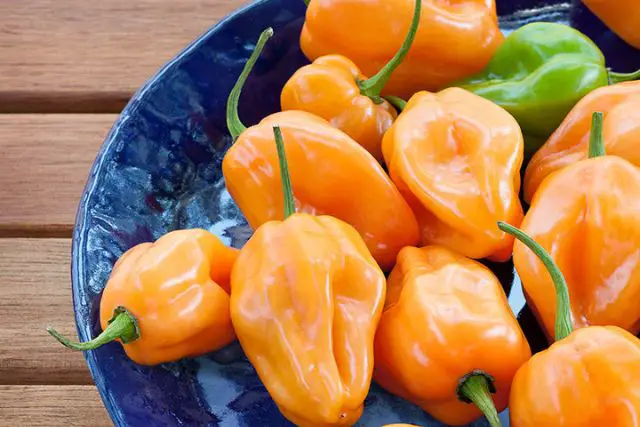

Add comment